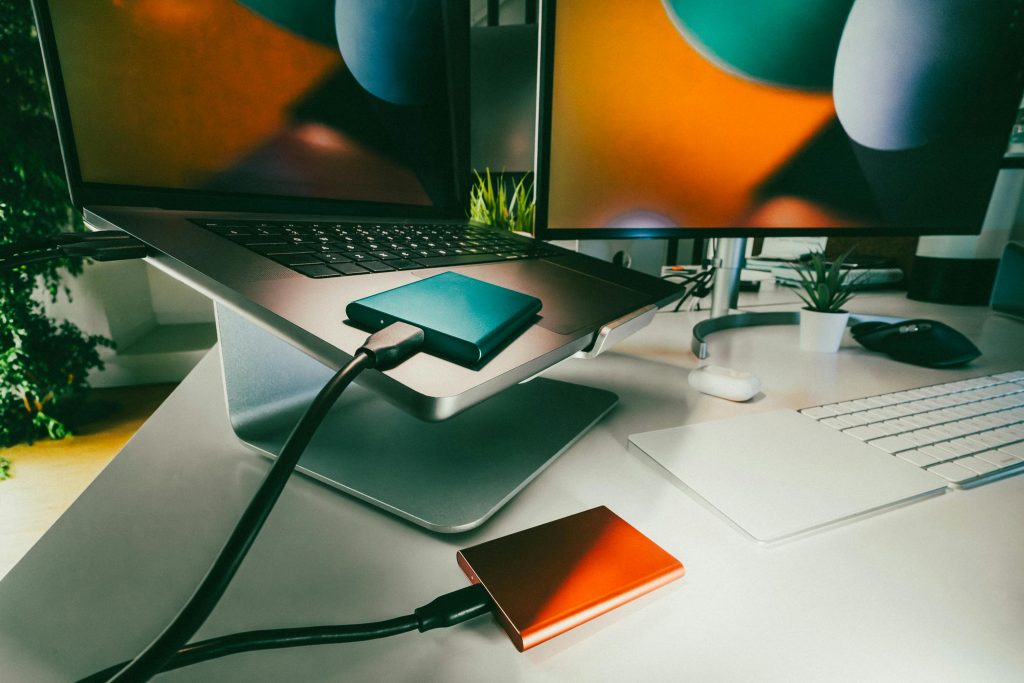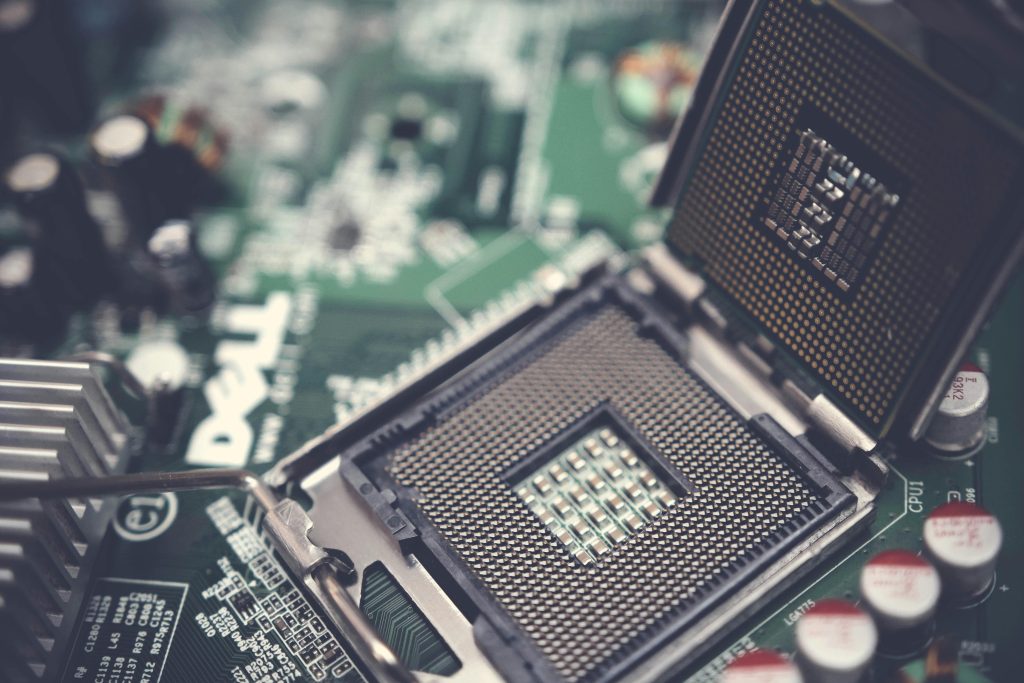Troubleshooting PC Boot Issues After RAM Upgrade
Upgrading your computer’s RAM can sometimes lead to unexpected challenges, as many users have discovered. In this post, we will explore a specific scenario involving RAM compatibility issues, using the example of one user’s attempts to enhance their system’s performance.
The Challenge: A Fickle PC
Recently, a user upgraded their RAM in an effort to boost their PC’s performance, only to run into significant booting problems. The motherboard in question is a Gigabyte B450M, with varying specifications for the RAM being used. The original configuration included a single 16GB stick of Corsair Vengeance RAM operating at 3600MHz. Although the motherboard supports speeds up to 2933MHz, the user found that the high-speed RAM was running smoothly in a single stick configuration.
However, an attempt to utilize two 3600MHz sticks resulted in the PC failing to post. To resolve this, the user ordered two new 16GB sticks rated at a slower speed of 2933MHz, hoping this would allow the system to boot successfully.
Current Situation: Testing and Troubleshooting
After installing the new RAM, the user’s frustration deepened as the computer still would not post—despite having successfully run with the original single stick of 3600MHz RAM. They reported trying various troubleshooting methods, including testing individual RAM sticks in all available slots, yet to no avail.
In an effort to reset any potential errors, they also removed the CMOS battery and attempted to reboot the system again, but unfortunately, the issue persisted. Notably, the motherboard had been updated with the latest BIOS version for several months without complications, further complicating the troubleshooting adventure.
Final Thoughts: Seeking Solutions
This scenario highlights the sometimes unpredictable nature of PC components and their compatibility. If you’re facing similar difficulties, here are a few tips that may help:
-
Check Compatibility: Always ensure your motherboard can support the RAM speed and configuration you are attempting to use.
-
Single Stick Testing: When troubleshooting, try each stick individually to rule out faulty RAM before testing in different slots.
-
BIOS Settings: Occasionally, manually setting the RAM speed and timings in the BIOS can rectify detection issues.
-
Consult Manufacturer Guidance: Refer to the motherboard manual or the manufacturer’s website for a list of compatible RAM options.
If you’re stuck in a similar situation, sharing your experience or seeking advice from the community can
Share this content:




Hi, it sounds like you’re experiencing common RAM compatibility and configuration issues. Since you’ve already tried testing individual RAM sticks and resetting the CMOS, here are some additional suggestions that might help:
If after these steps the system still fails to post, consider testing with a